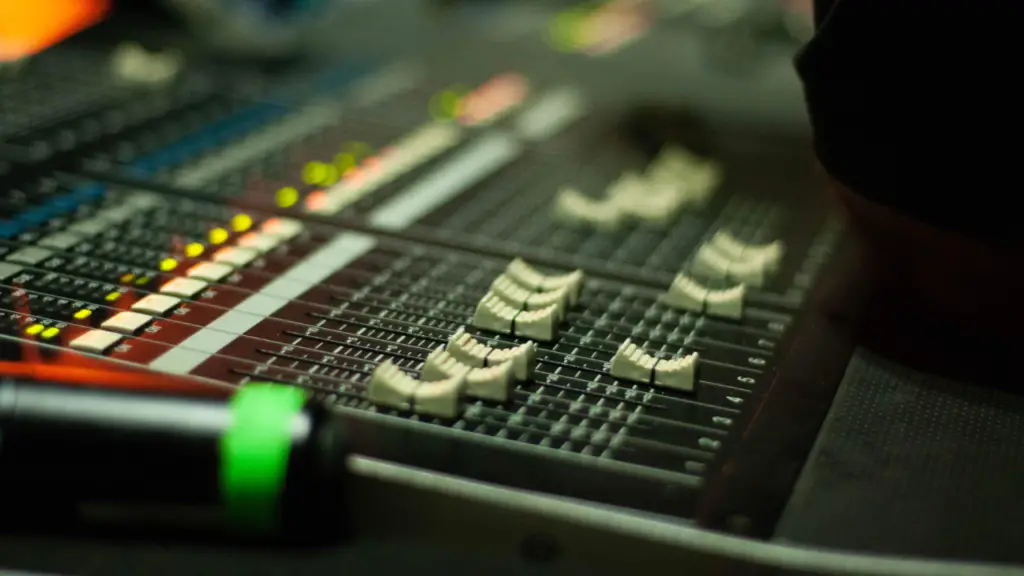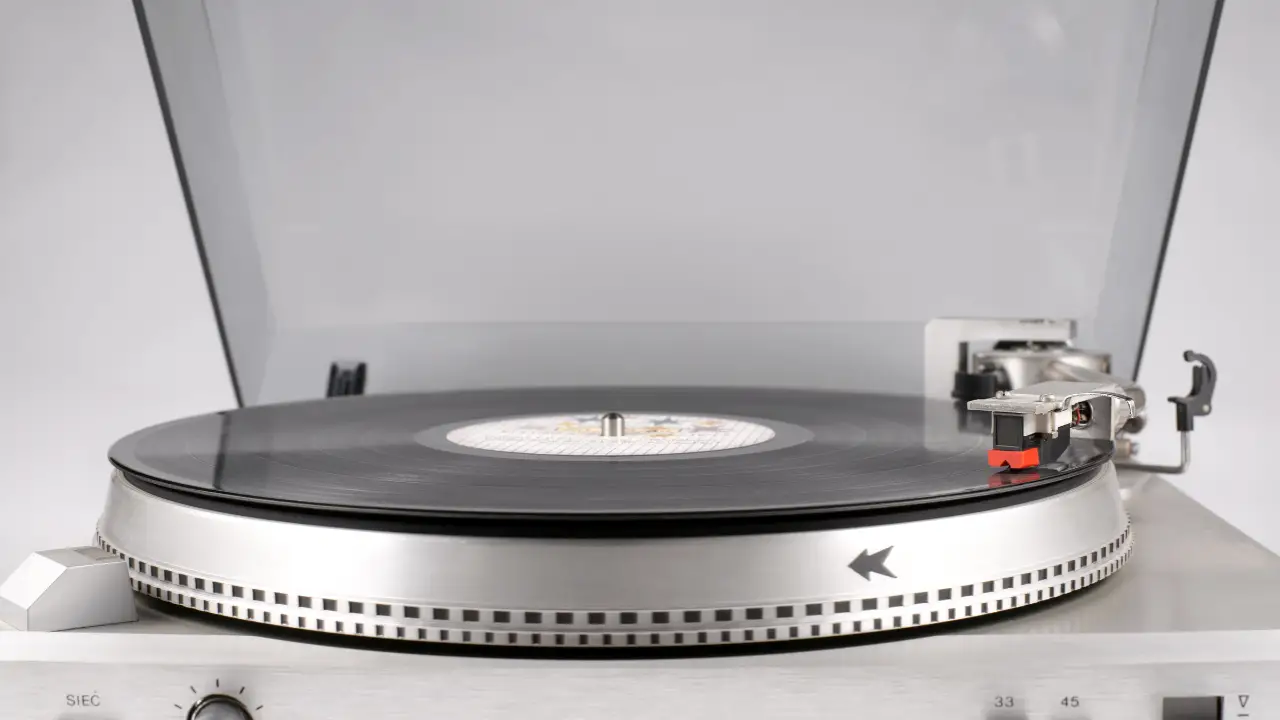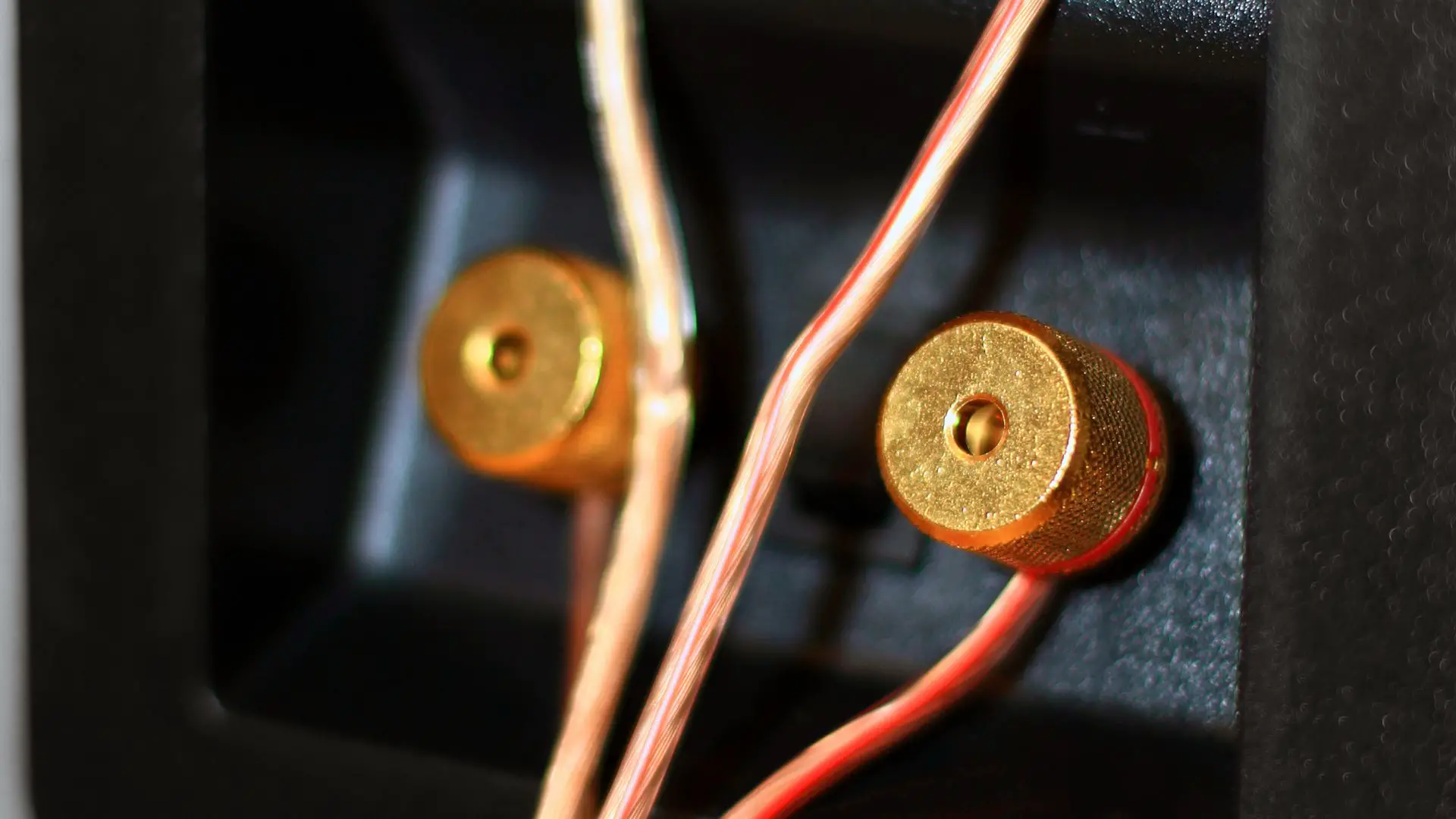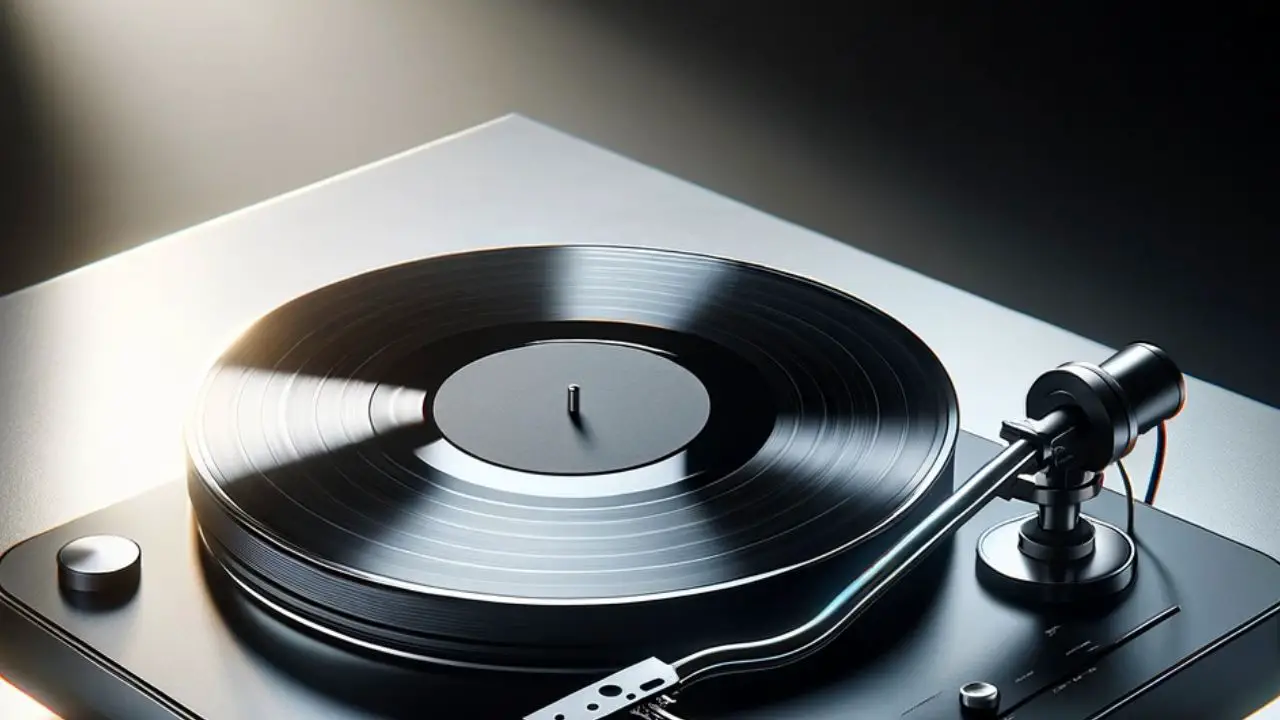If you’re a vinyl enthusiast, you know that nothing beats the warm, rich sound of vinyl records. However, like any other audio system, vinyl playback can be prone to problems. Skipping, distortion, and crackling are just a few of the common issues you might encounter when playing your records. Fortunately, most of these issues can be resolved with some simple troubleshooting.
One of the most common issues with vinyl playback is skipping. Skipping occurs when the tonearm weight is too heavy or the turntable is not level. If you’re experiencing skipping, try adjusting the tonearm weight or leveling the turntable. Another common issue is distortion, which can be caused by a variety of factors, including an improperly aligned cartridge or a worn stylus. If you’re experiencing distortion, it’s important to identify the root cause and take steps to correct it.
Understanding Vinyl Playback
Vinyl playback is a unique experience that requires a bit of knowledge and care to get the best sound possible. Here are a few things to keep in mind when troubleshooting vinyl playback issues:
Turntable Setup
The first step to achieving great playback is to ensure that your turntable is set up correctly. This includes leveling the turntable, setting the tracking force, and ensuring that the stylus is properly aligned. If any of these elements are off, it can lead to poor sound quality or even damage to your records.
Record Cleaning
Another important aspect of vinyl playback is keeping your records clean. Dirt, dust, and debris can accumulate on the surface of your records, leading to pops, clicks, and distortion. Regular cleaning with an anti-static brush or record cleaning solution can help to minimize these issues.
Record Storage
Proper storage of your records is also crucial to maintaining their sound quality. Records should be stored vertically, with enough space between each record to prevent warping. Avoid stacking records or storing them in direct sunlight or extreme temperatures.
Troubleshooting Common Issues
Even with proper setup, cleaning, and storage, you may still encounter issues with your vinyl playback. Some common issues include:
- Skipping: This can be caused by a dirty or damaged record, a worn stylus, or an issue with the turntable’s tracking force.
- Distortion: Distorted sound can be caused by a dirty record, a worn stylus, or an issue with the turntable’s alignment or tracking force.
- Pops and clicks: These can be caused by dirt or debris on the record, a damaged record, or a worn stylus.
Common Problems in Vinyl Playback
Vinyl playback can be a rewarding experience, but it can also be frustrating when issues arise. Here are some common problems you might encounter and their possible solutions.
Skipping and Distortion
Skipping and distortion are two of the most common issues in vinyl playback. Skipping occurs when the needle jumps out of the groove, causing the music to skip or jump. Distortion happens when the sound is unclear or muffled.
The most common cause of skipping is a dirty or damaged record. Make sure your records are clean and free of scratches. You can use a record cleaning machine or a carbon fiber brush to remove dirt and debris from the grooves. If the record is damaged, you may need to replace it.
Distortion can be caused by a variety of factors, including an improperly aligned cartridge, a worn-out stylus, or a damaged record. Check your cartridge alignment and replace your stylus if necessary. If the distortion persists, it may be due to a damaged record.
Excessive Noise
Excessive noise can be caused by a variety of factors, including a dirty record, a worn-out stylus, or a poorly grounded turntable. Make sure your records are clean and free of dust and debris. Replace your stylus if it’s worn out. Check your turntable’s grounding to ensure a solid connection.
Playback Speed Issues
Playback speed issues can be caused by a variety of factors, including a worn-out belt, a misaligned pulley, or a dirty motor. Check your turntable’s belt and pulley for wear and tear. Clean your turntable’s motor to ensure it’s free of dust and debris.
Channel Imbalance

Channel imbalance occurs when the left and right channels of your stereo system are not balanced. This can be caused by a variety of factors, including a damaged cartridge, a misaligned tonearm, or a dirty stylus. Check your cartridge and tonearm alignment, and clean your stylus to ensure it’s free of dirt and debris.
In conclusion, these are some common problems you might encounter when playing vinyl records. By identifying the issue and taking the necessary steps to correct it, you can enjoy your vinyl collection without any interruptions.
Solutions to Vinyl Playback Issues
If you’re experiencing issues with your vinyl playback, don’t fret. There are several solutions that can help improve the sound quality of your records. In this section, we’ll discuss some of the most common solutions to vinyl playback issues.
Proper Handling and Storage
Proper handling and storage of your vinyl records is crucial to maintaining their quality. Make sure to handle your records by the edges to avoid leaving fingerprints or smudges on the playing surface. Store your records vertically in a cool, dry place away from direct sunlight, heat, or moisture. Avoid stacking your records on top of each other, as this can cause warping or damage to the grooves.
Record Cleaning
Regular cleaning of your records can help improve the sound quality and reduce surface noise. Use a carbon fiber or anti-static brush to remove any dust or debris from the surface of the record before playing. For deeper cleaning, use a record cleaning solution and a microfiber cloth to gently wipe the surface of the record. Make sure to avoid getting any liquid on the label or in the spindle hole.
Needle Maintenance
The needle, or stylus, is a crucial component of your turntable that can affect the sound quality of your records. Make sure to replace your needle regularly, as a worn or damaged needle can cause distortion or skipping. Clean the needle regularly with a stylus cleaning brush to remove any dust or debris that may be affecting the sound quality.
Turntable Adjustment
Proper adjustment of your turntable can also help improve the sound quality of your records. Make sure that the turntable is level and that the platter is spinning at the correct speed. Adjust the tracking force and anti-skate settings to ensure that the needle is making proper contact with the grooves and that the record is playing smoothly.
By following these solutions, you can help improve the sound quality of your vinyl playback and get the most out of your record collection.
Preventive Measures for Vinyl Playback Issues
To ensure the longevity of your vinyl records and turntable, it’s important to take preventive measures to avoid common playback issues. Here are some preventive measures you can take to keep your vinyl playback running smoothly.
Regular Equipment Check
Regularly checking your equipment can help you identify issues early on and prevent them from becoming worse. Make sure to check the following components regularly:
- Tonearm weight: Make sure the tonearm weight is properly calibrated for the type of vinyl you’re playing. Modern turntables are calibrated for thicker 180-gram vinyl, so if you’re playing thinner records pressed in the 1980s through early 2000s, you may need to adjust the weight.
- Cartridge alignment: Check that your cartridge is properly aligned with the tonearm. Misaligned cartridges can cause distortion and damage your records.
- Belt tension: If your turntable uses a belt drive, make sure the belt tension is correct. A loose belt can cause speed issues, while a tight belt can cause excessive wear on the motor and belt.
Proper Use of Turntable
Proper use of your turntable can also help prevent common playback issues. Here are some tips to keep in mind:
- Handle records properly: Handle your records by the edges to avoid getting fingerprints and oils on the grooves. Make sure to clean your records regularly to prevent buildup of dust and debris.
- Avoid skipping tracks: Skipping tracks frequently can cause excessive wear on the stylus and damage your records. Make sure to properly cue up your records and avoid bumping the turntable while it’s playing.
- Keep your turntable level: Uneven surfaces can cause your turntable to vibrate and affect playback quality. Make sure to place your turntable on a level surface and use a spirit level to check that it’s properly aligned.
Invest in Quality Equipment
Investing in high-quality equipment can also help prevent playback issues. Here are some components to consider:
- Turntable: High-quality turntables have better speed stability and vibration control, resulting in better sound quality and less wear on your records.
- Cartridge: Upgrading to a high-quality cartridge can significantly improve sound quality and reduce wear on your records.
- Phono preamp: A good phono preamp can boost the signal from your turntable and reduce noise and distortion.
Frequently Asked Questions
How do I fix a skipping vinyl record?
Skipping is a common issue that can occur when the tonearm weight is too heavy. Modern turntables without weight adjustments are calibrated to play modern thicker 180-gram vinyl, and to produce the best sound it can from what little it’s working with. It’s not ideal for playing thinner records pressed in the 1980s through the early 2000s. Adjusting the tonearm weight to match the thickness of the record can help reduce skipping.
What are common causes of garbled sound on a record player?
Garbled sound can be caused by a variety of issues, including a dirty stylus, worn-out stylus, damaged record, or incorrect tracking force. Cleaning the stylus, replacing the stylus, inspecting the record for damage, and adjusting the tracking force can all help resolve garbled sound.
How can I troubleshoot a tonearm lifter that is not working?
If the tonearm lifter is not working, it could be due to a variety of issues, including a dirty or faulty mechanism. Cleaning the mechanism and inspecting it for damage can help resolve the issue. If the issue persists, it may be necessary to replace the tonearm lifter.
What are some reasons why a record player may not play properly?
A record player may not play properly due to a variety of issues, including a dirty stylus, worn-out stylus, damaged record, incorrect tracking force, or incorrect turntable speed. Cleaning the stylus, replacing the stylus, inspecting the record for damage, adjusting the tracking force, and checking the turntable speed can all help resolve playback issues.
How do I reset the arm of a record player?
To reset the arm of a record player, lift the arm and gently move it back to its resting position. Make sure the arm is properly seated in the armrest and that the stylus is not damaged.
What are some common problems with vinyl playback and their solutions?
Common problems with vinyl playback include skipping, garbled sound, and improper playback. Adjusting the tonearm weight, cleaning the stylus, inspecting the record for damage, adjusting the tracking force, and checking the turntable speed can all help resolve these issues. Additionally, making sure the record player is level and free from vibrations can also improve playback quality.




